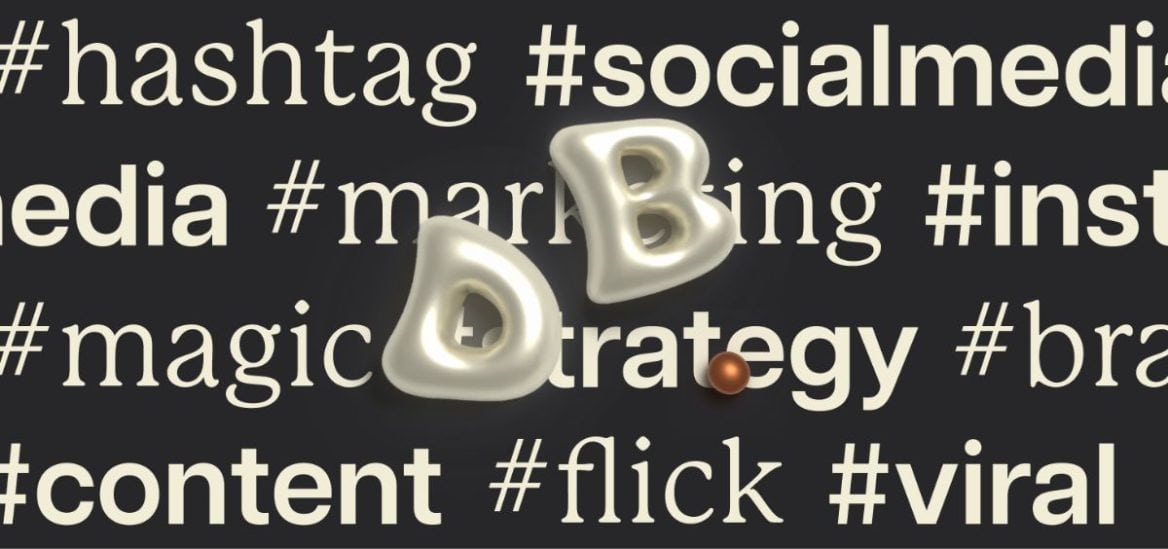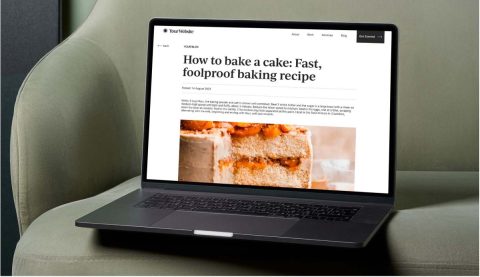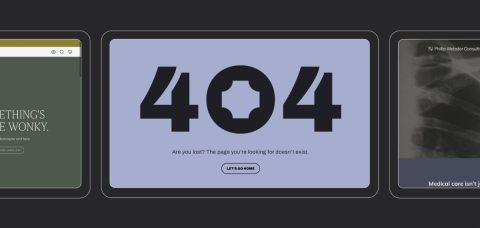Over the past few years we have seen the rise of Instagram hashtags and whilst they are everywhere, not many brands know how to use them and get the most value out of them. It’s easy to slap a few hashtags but without a clear understanding of how Instagram hashtags work, what is the point, really?
In 2020 brands need to start looking at creating a hashtag strategy if they want to grow their online audience and increase brand awareness amongst different communities. An Instagram post with at least one hashtag averages 12.6% more engagement than a post without, so it really is worth brands taking the time to use targeted hashtags on their posts and in their stories.
Brands may think that by slapping a dozen hashtags on a post and hoping for the best, that they will maximise their chances of being seen online but more often than not it just starts to look a bit #spammy. One of the best ways to get discovered by new audiences online is by using hashtags with intent and whilst there is no hard-and-fast rule when it comes to how many hashtags to use, there is a need to stay relevant. While there are experts like Alex Tooby who recommend using Instagram’s maximum number of 30 hashtags, and others who suggest using just 5-10, at the end of the day it’s really up to what works for you and your brand.
By diversifying the hashtags you use, you are more likely to put your business at an advantage over others because you will more likely be reaching different people in your target audience. What worked for us in the past does not necessarily mean it works for us now and while our strategy will chop and change over time, we continuously ask ourselves if the piece of content we are posting is relevant or related to the hashtags we use. Flick, an online Instagram Hashtag Tool suggests that you use between 20-30 hashtags to give yourself as many opportunities as possible to reach new and wider audiences. Using hashtags is all about increasing your exposure, not just to anyone but to the right people. No 30 hashtags should be the same, they should change based on the piece of content you plan on posting. It helps to get as specific as possible because the more aligned your posts are to your hashtags the more likely you are to reach the right people. Flick is an incredible tool that helps you diversify your hashtags and ultimately reach new audiences more frequently rather than reaching the same people over and over again. If you would like to try out their 7-day free trial, click here.
We personally think that 30 hashtags is the perfect number of hashtags if you are using Flick, as it helps you sort your hashtags into different categories and come up with a new hashtag list each time. For someone who doesn’t want to use Flick or feels that 30 hashtags are too many hashtags, we suggest using a total of 11 hashtags. This is a strategy that has worked well for us in the past and continues to be an effective strategy for many.
We suggest adding 3 location-based hashtags on each Instagram post; along with 5 branded hashtags that you would like your brand to be associated with and, finally, an additional 3 that will change based on the relevance of each post. Using hashtags in your Instagram posts differ a little to how they would be used in an Instagram story, and here’s how:
When you place hashtags in the captions of your Instagram posts, or as the first comment, the image will appear in your feed along with the list of hashtags you have chosen to use. Remember, Instagram’s shadow-banning rule blocks users that use the same 30 hashtags for every post so that is why it is important that you change up your hashtag lists when posting a new image or video. When it comes to Instagram stories, there are a few options, from placing a hashtag as a sticker, in text or in the form of a location tag. When incorporating hashtags into your Instagram story, you are maximising your visibility and broadening your post’s potential reach. The maximum hashtag usage for Instagram stories is 10 hashtags, and that alone can begin to look a bit messy, but the good thing is that there is a way around this!
By making your hashtags the same colour as the background of your image and moving the list to the corner of your post, they will no longer be visible to your audience however you are categorizing your content and making it way more discoverable to users who are following you or the hashtag, how cool is that?

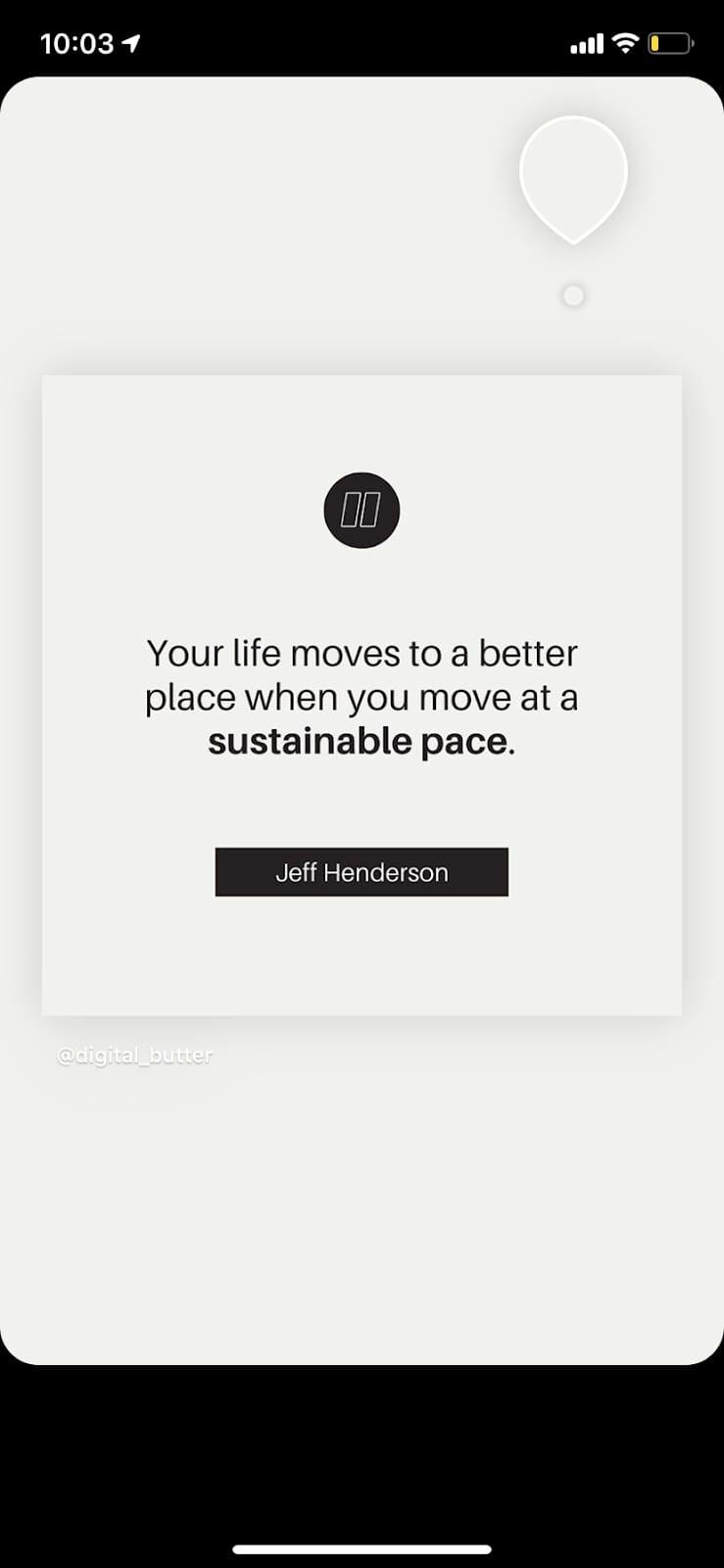
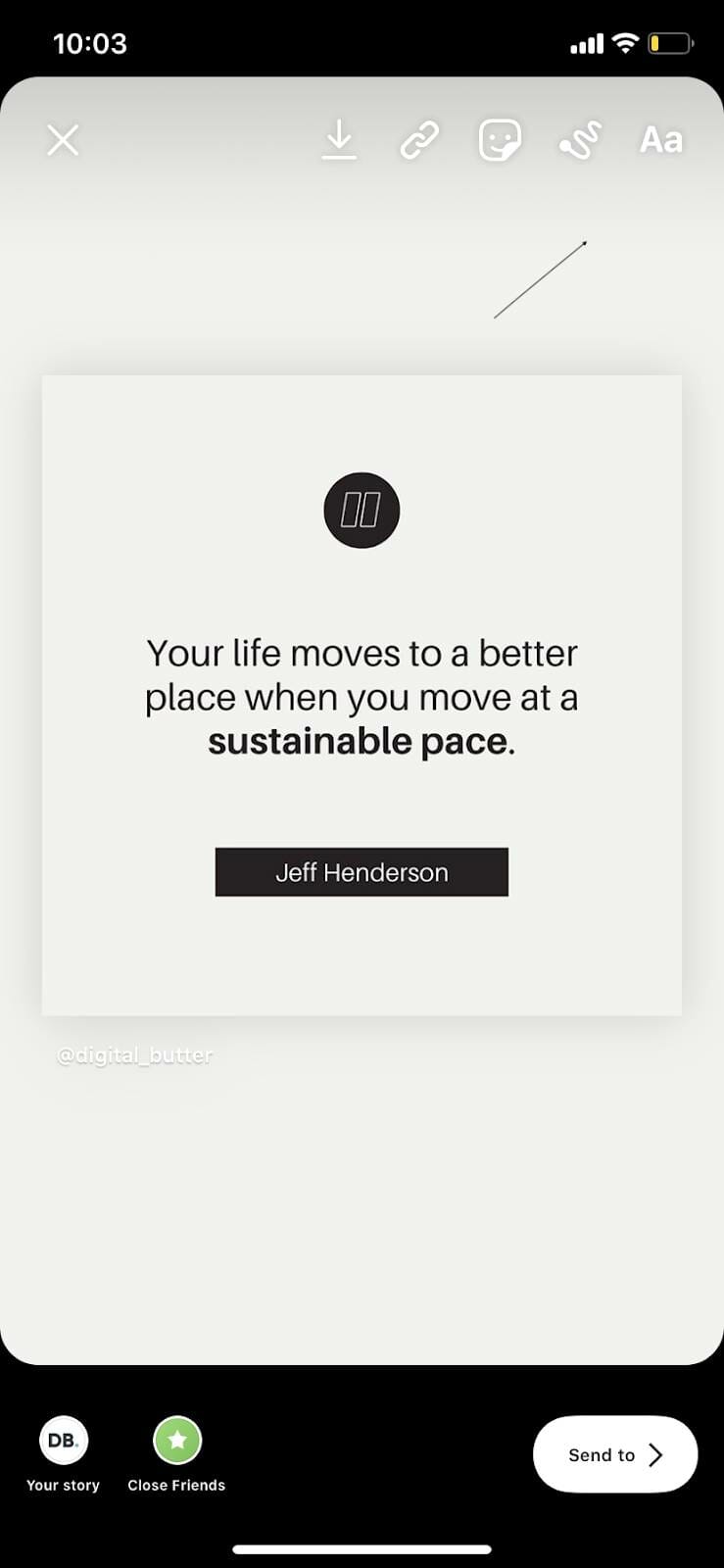
The hashtags you choose to use should ultimately depend on what space your business operates in. There are a ton of existing hashtags that are used by different brands in different industries and more often that not, any number of these are likely to get your post a few extra likes. What’s important here is to include more specific hashtags to increase your overall engagement and gain quality followers.
